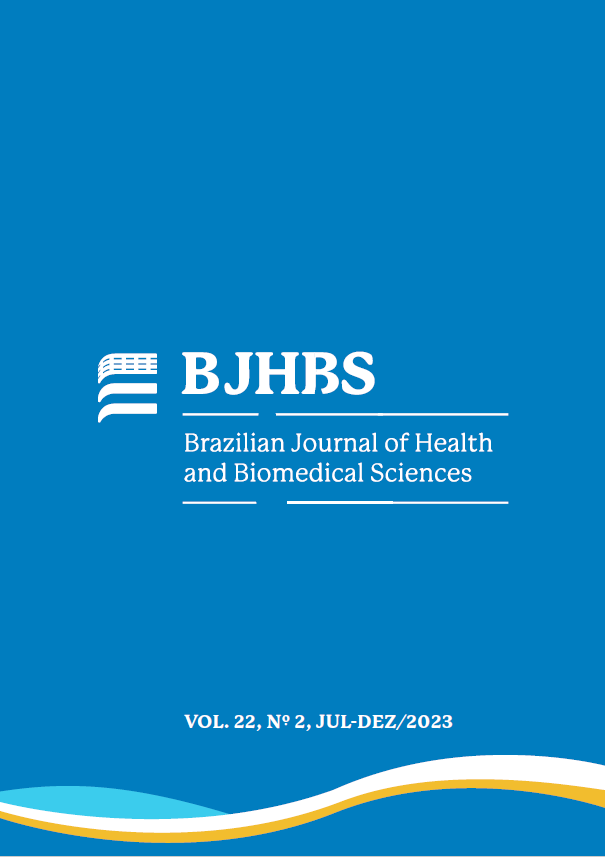Medicinal plants vs. conventional medicine: treatment assessments for indigenous populations
DOI:
https://doi.org/10.12957/bjhbs.2023.80040Resumo
Introduction: Although traditional healing practices are important for indigenous populations, access to modern health care practices is essential to ensure the health of communities as well as the prevention of diseases and their aggravation. Objective: To examine the acceptance of medication by the Pitaguary indigenous group, who live in Maracanaú, state of Ceará (CE), Brazil. Methodology: An observational and descriptive case of the use of natural plants as a medicinal treatment in the Pitaguary indigenous group, in Maracanaú-CE. The interviews used a questionnaire adapted from the SATIS-BR scale. Results: The majority of the Pitaguary population in the interview presented chronic diseases (diabetes or hypertension). Only 13.3% do not follow up with their community medical doctor. Of the interviewees, 20% use a mix of conventional and herbal treatments; 67.2% use a non-secure method to identify medication; and 52% suspend use of conventional drugs in the middle of treatment and replace them with herbal plants recommended by the village shaman. Discussion: The main strategy when working with indigenous populations ends up being health education about the use of medicinal plants in association with commercial drugs. The involvement of community’s leaders in the delivery of health services seems an effective strategy to promote their understanding about dual use of medicinal plants and western drugs for chronic diseases. Conclusion: A culturally sensitive approach that takes into account indigenous traditions and beliefs should be used to improve medication adherence within indigenous groups.
Downloads
Downloads
Publicado
Como Citar
Edição
Seção
Licença

Este trabalho está licenciado sob uma licença Creative Commons Attribution-NonCommercial 4.0 International License.
Termo de transferência de direitos autorais/conflitos de interesses: após o aceite final do artigo para publicação, os autores deverão enviar o termo de transferência dos direitos assinados pelo autor principal representando cada um dos autores. Neste termo deverão ser declarados quaisquer conflitos de interesses.
